Mysterious and mythic mammals in China 2016
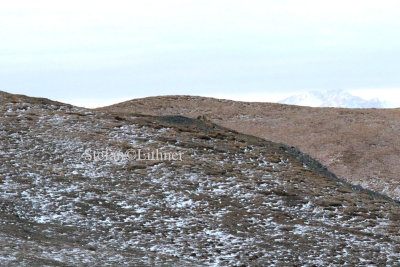
It is found insteppes with rocky outcrops, hilly deserts, in alpine zone from 450 up to at least 5050 meters a s l. |

They cannot negotiate deep snow (continous cover (15 - 20 centimeters deep) in capturing prey. |

It is It is widely distributed in Asia. Half of its known distribution is in China. |
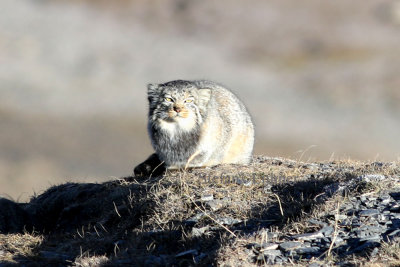
It has been treated as Near Threatened by the IUCN since 1996, and the world population is declining. |

Major threats are degradation and segmentation of habitat, hunting and depletion of their prey by poisoning and overhunting. |
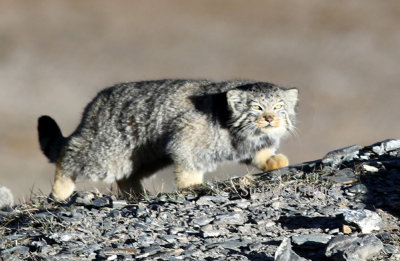
Pallas´ cat´s major prey consist of pikas and rodents. (see above) |
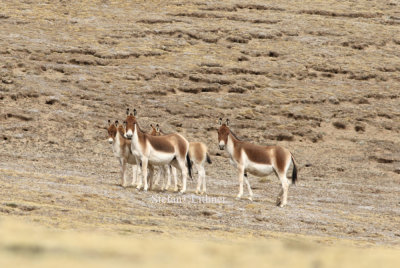
Kiang (Equus kiang). Currently the IUCN recognizes seven species of wild “horselike” species (Equidae). |
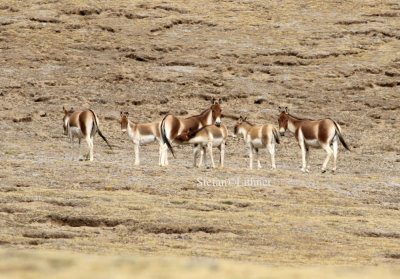
Three zebras (Grevy´s-. steppe-, and mountain-), Przewalski´s horse and 3 ass-like species (kiang, onager and African wild ass). |

Taxonomy has long been debated. IUCN lists 16 synonyms. |
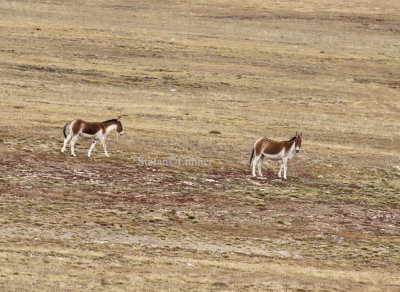
During taxonomic revisions 1967 - 1980 the onager (E. henionus) was separated from the kiang. |
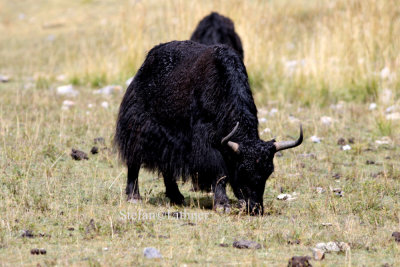
Wild yak (Bos mutus), particularly males differ from domestic yak (Bos brunniens) and hybrids in several details. |
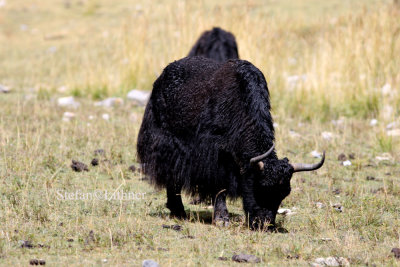
Shoulder height may reach 2 meters, hump is much bigger, long hairs only on chest and abdomen. |
click on thumbnails for full image











